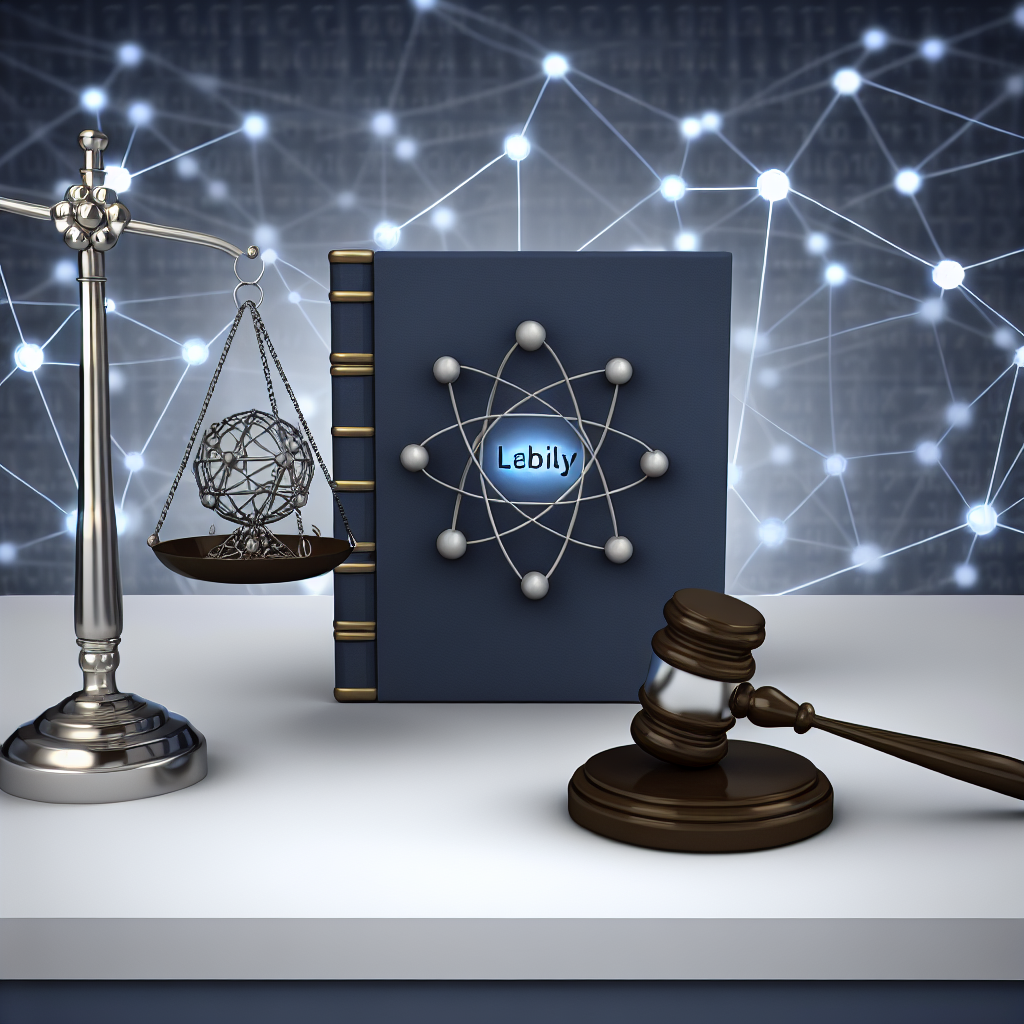
Product Liability for Advanced Materials: Legal Risks and Challenges
Introduction
In today’s rapidly evolving marketplace, advanced materials are transforming industries ranging from automotive to pharmaceuticals. However, innovation comes with its own set of challenges, particularly concerning product liability. As companies navigate the legal landscape surrounding advanced materials, understanding the associated legal risks and challenges is paramount. This article delves into the intricate realm of product liability, providing insights into how businesses can mitigate risks while embracing technological advancements.
Understanding Product Liability
Product liability refers to a manufacturer’s or seller’s legal responsibility for any injuries or damages caused by defective products. In the context of advanced materials, product liability can arise due to several factors, including design defects, manufacturing defects, and failure to provide adequate warnings or instructions. As companies introduce revolutionary materials, they must remain vigilant about potential legal repercussions.
The Three Main Types of Product Liability Claims
- Design Defects: These claims arise when a product is inherently unsafe, regardless of the quality of its manufacturing processes.
- Manufacturing Defects: These occur when a product departs from its intended design during production, resulting in an unsafe product.
- Failure to Warn: This type involves claims where manufacturers do not adequately inform consumers of the product’s risks and safe usage.
Legal Risks Associated with Advanced Materials
As organizations invest in advanced materials, they face unique legal risks stemming from various factors, including material characteristics, regulatory compliance, and evolving consumer expectations.
1. Material Characteristics and Performance
Advanced materials often boast remarkable properties, such as increased strength and reduced weight. However, their unique attributes can pose risks:
- Unknown Long-Term Effects: Limited historical data could mean that long-term effects on health and safety are unknown, leading to unforeseen liabilities.
- Complex Interactions: Advanced materials may behave unpredictably when combined with other materials or in different environments, increasing the likelihood of defects.
2. Regulatory Compliance
Navigating the legal frameworks governing advanced materials is crucial. Regulatory bodies in both the U.S. and U.K. impose strict guidelines:
- Material Safety Data Sheets (MSDS): Compliance with regulations such as the MSDS ensures proper handling, storage, and disposal of advanced materials.
- Testing Requirements: Products made from advanced materials often require extensive testing to comply with safety regulations, which can incur additional costs and liability if not met.
3. Evolving Consumer Expectations
Consumers increasingly demand transparency and safety, holding companies accountable for product performance. Meeting these expectations entails:
- Robust Quality Control: Companies must implement stringent quality assurance processes to prevent defects and mitigate the risk of liability.
- Social Responsibility: Demonstrating commitment to social responsibility can enhance brand reputation, reducing potential liability risks in the long run.
Challenges in Managing Product Liability Risks
Companies specializing in advanced materials face multifaceted challenges in managing product liability risks:
1. Legal Frameworks
The legal landscape surrounding product liability varies across jurisdictions, leading to complexities. Businesses must stay informed about the latest regulations, particularly as they expand into international markets.
2. Innovation vs. Compliance
Balancing innovation and compliance can pose a challenge, as companies may rush to market with new materials without fully addressing potential legal ramifications. A comprehensive compliance strategy is essential to navigate this landscape effectively.
3. Insurance Considerations
Obtaining adequate product liability insurance can be challenging, particularly for companies dealing with novel materials. Businesses must assess risks carefully and work closely with insurers to determine appropriate coverage.
Strategies to Mitigate Legal Risks
To navigate the legal challenges associated with advanced materials, companies should adopt proactive strategies:
1. Comprehensive Risk Assessment
Conducting thorough risk assessments, including identifying potential failure modes and understanding the implications of product specifications, is critical for preemptively addressing liabilities.
2. Engaging Legal Advisors
Partner with experienced legal professionals specializing in product liability to navigate the complexities of applicable regulations and devise robust compliance strategies.
3. Continuous Training and Education
Providing ongoing training to employees about product safety, quality control, and regulatory compliance can foster a culture of safety that minimizes legal risks.
4. Collaboration with Industry Peers
Engaging in discussions with industry peers can offer valuable insights. Collaborative initiatives can lead to shared knowledge on best practices and compliance standards, improving overall safety.
Conclusion
As advanced materials continue to reshape the industrial landscape, companies must remain acutely aware of the legal risks associated with product liability. By understanding the underlying challenges, including material characteristics, regulatory compliance, and consumer expectations, businesses can effectively navigate the complexities of this dynamic area. At The Consultant Global, we pride ourselves on our extensive and unique experience in providing cutting-edge consultancy services tailored to navigate these legal hurdles. Our deep understanding of international markets, coupled with language proficiency and cultural adaptability, positions us uniquely in the GCC and UAE. We are committed to being your trusted advisors, ensuring that your business thrives in an environment filled with opportunities and challenges alike.




Leave a Reply